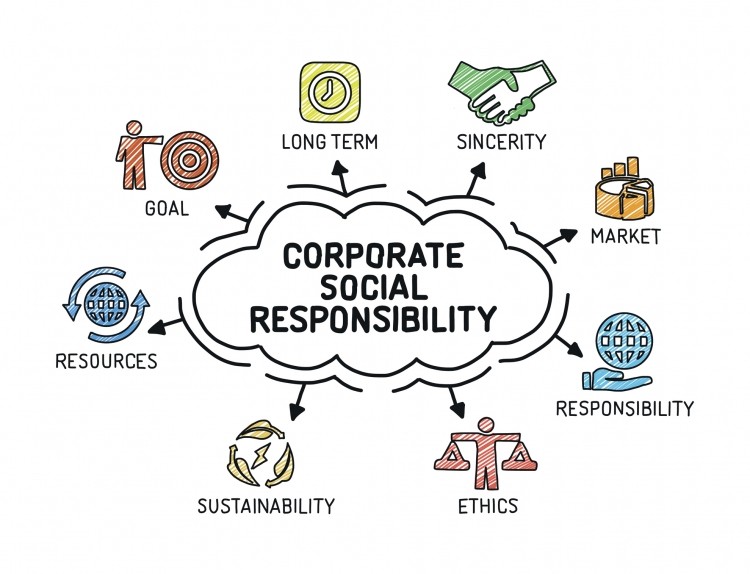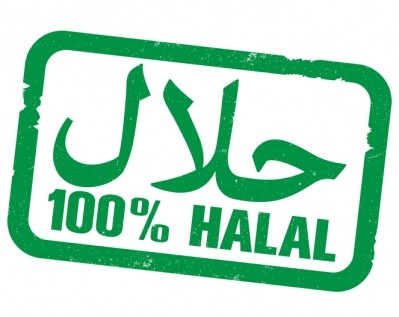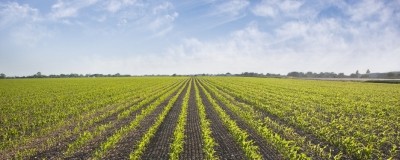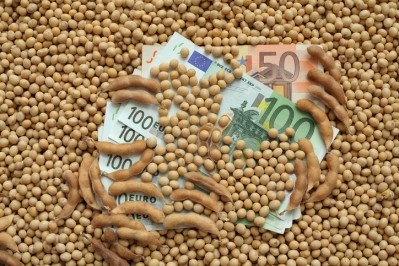Environmental group draws up feed production roadmap

Mighty Earth released the reportMystery Meat II with the goal of examining and calling attention to feed generation’s role in the environmental effect of meat production. The group claims that feed is the primary source of meat’s environmental influence and is linked to water contamination and the release of greenhouse gasses.
“We mapped the meat and feed companies’ extensive infrastructure, including grain silos, feed mixing facilities, feedlots, and slaughterhouses, and overlaid the maps with data showing both natural grassland clearance for corn and soy, and water nitrate concentrations linked to fertilizer pollution,” the group said in its report.
However, the report also sought to offer suggestions for practices going forward that could improve feed generation, said Lucia von Reusner, campaign director with Mighty Earth.
“We want to see companies take action and take responsibility,” she told FeedNavigator. “We want to make clear that there are solutions and that these companies need to have them at scale in addition to reducing the massive wash-off from their meat production.”
Previously, the organization has focused on calling for changes to agricultural practice in several other countries, she said.
But the group is now turning its attention to the US.
“It’s very clear if the environmental impacts can be mitigated it will have to come from corporate leadership,” she said.
“It became clear regulation wasn’t going to do it,” she said. “Agriculture is having a huge impact here at home and we want to see that same level of ambition, and commitment and leadership tracking pollution.”
The report also criticized several companies, including Tyson Foods, for their perceived role.
However, another goal of addressing companies was to highlight the opportunity they have, said von Reusner.
Best practices for feed crop production need to be scaled to address the problem, she said. “That scale can only come from the industry,” she added.
Tyson’s response
Tyson has disagreed with how the company was characterized in the report.
The company places importance on protecting the environment, Tyson said in a statement provided to us on the matter. It has disclosed environmental efforts it is making and started a collaboration with the World Resources Institute to set goals to improve its environmental footprint.
“We also plan to announce our collaboration with other third-party organizations that will work with us to set additional science-based targets,” the company said. “These efforts are part of our comprehensive, holistic approach to sustainability, that is focused on healthier animals, healthier environment, healthier workforce, healthier communities, and healthier food.”
The company has already taken some steps as part of its environmental commitment including establishing an environmental management system at each of its facilities to promote more sustainable operations and energy conservation, Tyson said. However, the company owns few farms, and instead works with independent producers to raise the animals involved.
“We work closely with our partners from farm-to-fork to identify and deploy new technologies designed to better protect the environment, our workforce, and the communities we serve,” the company said. “Additionally, we are exploring new ways to raise chickens in a concept farm that improves animal well-being, water and energy conservation, and food safety.”
“It’s true the livestock and poultry industry is a major buyer of grain for feed, however, the report fails to note that a large percentage of corn raised in the US is used for biofuel and that a significant portion is used for human consumption,” the company added.
Feed production proposals
The report offered several suggestions for improving the feed production process, the authors said. These included using feed rations that include grains beyond corn and soy to promote the growth of small grains, and ending the change of native ecosystems into cropland.
“Ensure all animal feed comes from suppliers with clear, verifiable policies to prevent fertilizer pollution from croplands,” the report authors said. “Animal feed suppliers should verify all fields they source from are enrolled in and reporting on nutrient management systems that prevent nitrogen and phosphorus runoff into surrounding waterways.”
Using cover crops can help prevent erosion and keeping natural buffers may help protect streams and watershed, they said. And best practices also need to be used in manure management to end current methods like adding manure to already saturated fields, which allows it to wash downstream.
Additionally, companies should report their data demonstrating use of sustainable or best practices and tracking areas like reduction in nitrogen and phosphorus runoff, they said.
“The science says the feed is where the impact is from,” said von Reusner. “If they don’t address feed that’s going against all common sides of what more sustainable meat is.”
There are already some companies taking steps to address some of these issues, she said. Those actions include working to source feed from producers who are focused on soil quality with practices like cover cropping and fertilizer optimization and starting to use more small grains in animal diets.
“Agriculture does not have to be an extractive force on the landscape it just has been in the last couple of decades,” she said. “There’s been a big push to hyper-mechanization and industrialism but it doesn’t have to be.”
What’s next?
The report is one step in a process calling for engagement and change to current practice, said von Reusner.
“We’re meeting with companies across the meat and feed supply chain to make clear that the public is aware of this, and here is our road map,” she said. “We really encourage companies to see the opportunity in this challenge.”
The group also is planning to continue efforts to work with consumers and community groups on the topic, she said. There also may be other investigations in related areas.











